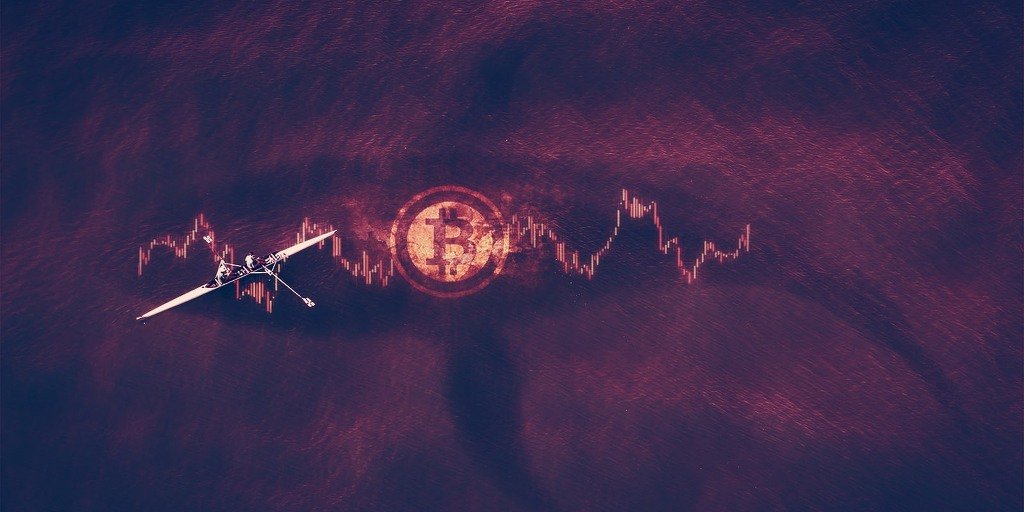Table of Contents
European stock markets were hit hard on Monday morning, marking a turbulent start to the week as investors grappled with rising global trade tensions. The trigger? Washington’s announcement of sweeping new import tariffs, which has reignited fears of a prolonged international trade war.
Nervous Investors and Sharp Declines Across Europe
The pan-European Stoxx 600 index plunged by over 5%, continuing the downward trend from the previous week, when it suffered an 8.4% loss—its worst weekly performance in five years.

Meanwhile, Germany’s DAX index, a key barometer of the country’s economic health, tumbled more than 10% on Monday morning before recovering slightly to a 7% loss.

The market rout was directly linked to President Trump’s latest move, introducing a comprehensive list of “receptive” tariffs targeting major trading partners such as the European Union and China. The announcement sent shockwaves through global financial markets, intensifying concerns about an extended trade standoff that could severely impact economic stability.
Defense Sector Under Pressure Despite Rising Budgets
One of the most striking developments was the unexpected collapse of defense stocks, which had previously surged due to growing European military budgets.
Rheinmetall, a prominent German defense contractor, plunged by as much as 27% in early trading, later stabilizing with a 17% loss. Thyssenkrupp and Saab also saw their shares plummet, while in Italy, trading in Leonardo stocks was temporarily halted following a sudden collapse.
This sharp contrast to earlier expectations underscores the current climate of fear on financial markets—investor anxiety now outweighs even positive sector-specific news.
Volatility Soars to Decade-High Levels
Investor nervousness is clearly visible in the surge of volatility indices. The Stoxx 50 Volatility Index spiked by 51%, marking the biggest jump in ten years.

Germany’s VDAX index climbed more than 35%. These figures indicate that market participants are preparing for a highly volatile period, particularly as tensions could escalate quickly.

Global Ripple Effects Hit Asia and the US
The market meltdown wasn’t limited to Europe. Asian exchanges, especially in China and Vietnam, also experienced steep losses due to their exposure to the new U.S. tariffs. Over in the U.S., tech giants Apple and Microsoft collectively lost more than $1 trillion in market value by the end of last week.
Even though the euro edged up slightly against the dollar, President Trump remained defiant in his stance.
“Sometimes you have to swallow bitter medicine to heal,” he stated on Sunday—hardly words of comfort for an already shaken market.
What It Means for Crypto Markets
While global equity markets are in disarray, the cryptocurrency sector hasn’t been spared. Bitcoin, Ethereum, and other major altcoins are seeing sharp declines, reflecting the broader flight from risk assets. The escalating trade tensions and financial instability are pushing investors to reassess their exposure to volatile markets, including crypto.
The global cryptocurrency market is currently facing a significant downturn, with the total market capitalization falling by 10.6% to approximately $2.5 trillion, as shown in the latest market data. The 24-hour trading volume has dropped to $199.5 billion, signaling a reduction in market activity.

Leading cryptocurrencies like Bitcoin (BTC) and Ethereum (ETH) have seen substantial losses, dropping by 7.5% and 17.2% respectively over the past 24 hours. Even major altcoins like Solana (SOL) and Cardano (ADA) have not been spared, with both plunging more than 15%, reflecting widespread risk-off sentiment among investors.

Despite the overall negative trend, some low-cap altcoins are bucking the trend. Aergo, Retard Finder Coin, and Cobak have emerged as the day’s top gainers, with gains of up to 52.3%, 38.1%, and 37.5% respectively. Meanwhile, stablecoins such as Tether (USDT) and USDC remain stable, providing a safe haven amid the market turbulence.
The widespread red across the board and the bearish 7-day charts suggest continued uncertainty, with many investors possibly seeking refuge in stable assets or exiting volatile positions altogether. As market volatility spikes, crypto traders may face increased price swings, liquidations, and unexpected movements driven more by macroeconomic uncertainty than by blockchain fundamentals.
Looking Ahead: Uncertainty Reigns
This week doesn’t look promising. If the current trend continues, further turmoil in both traditional and crypto markets is likely. Investors across all asset classes should brace for a period of heightened volatility and geopolitical risk, as the global financial landscape continues to shift dramatically.

























